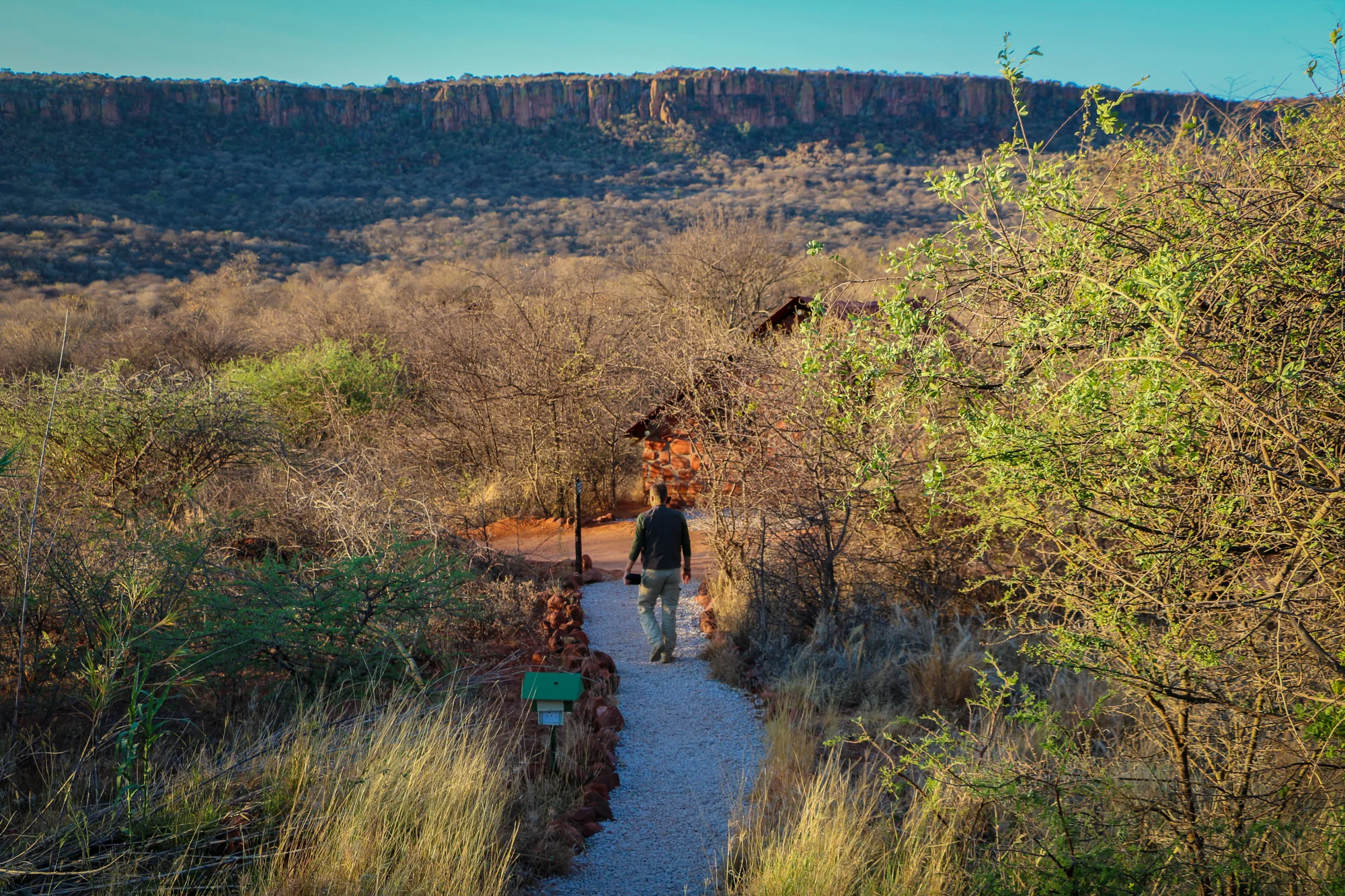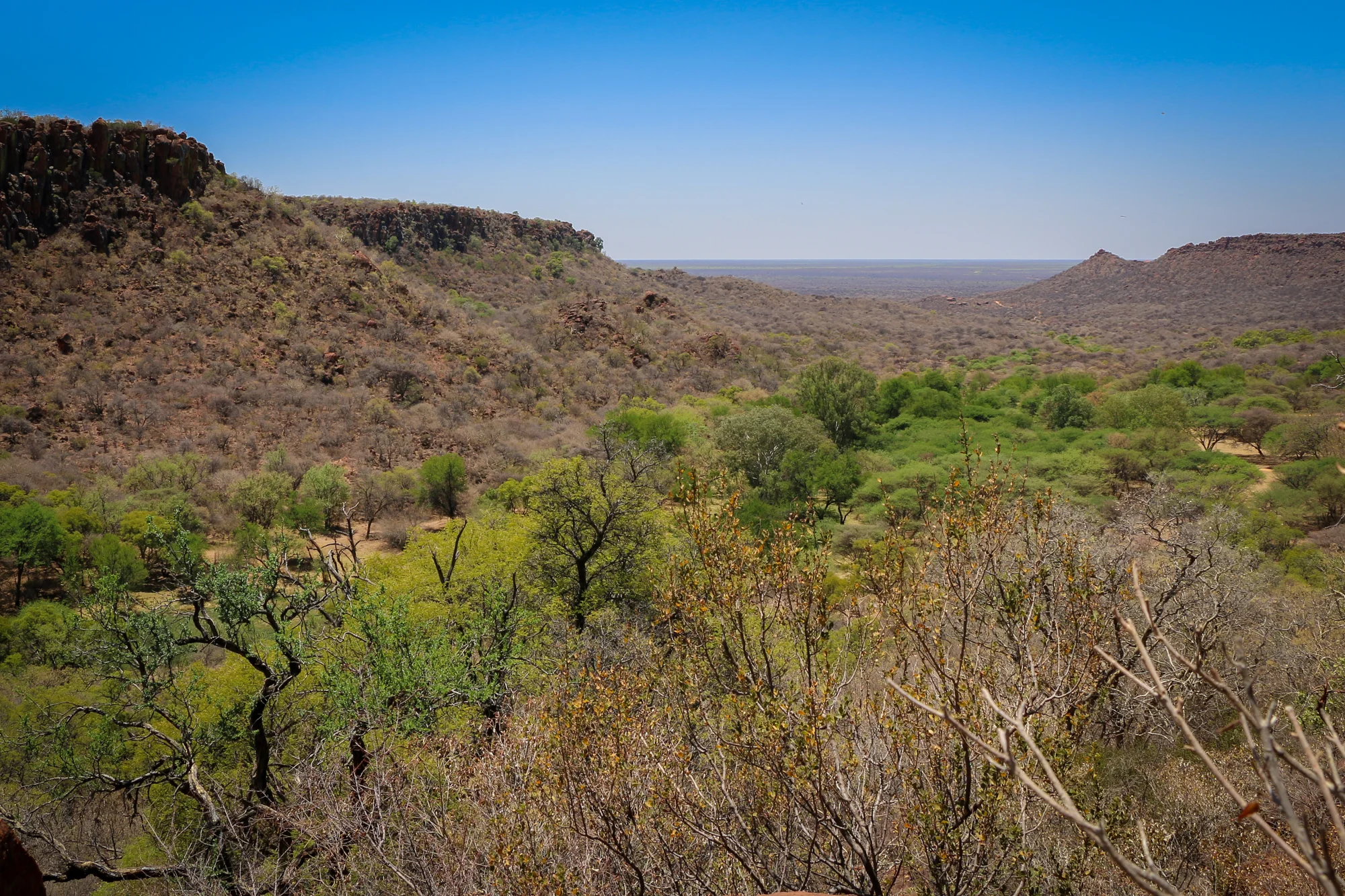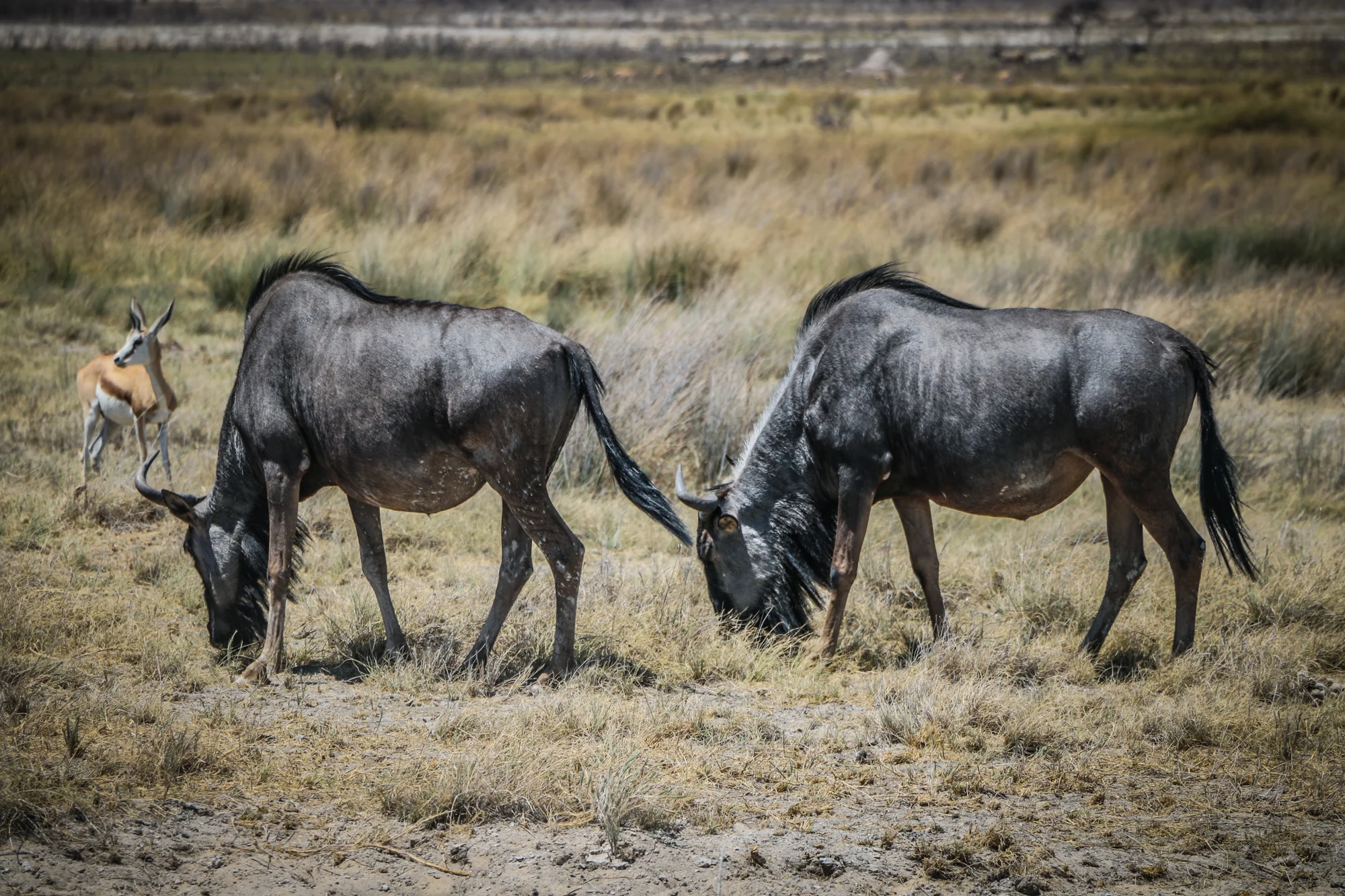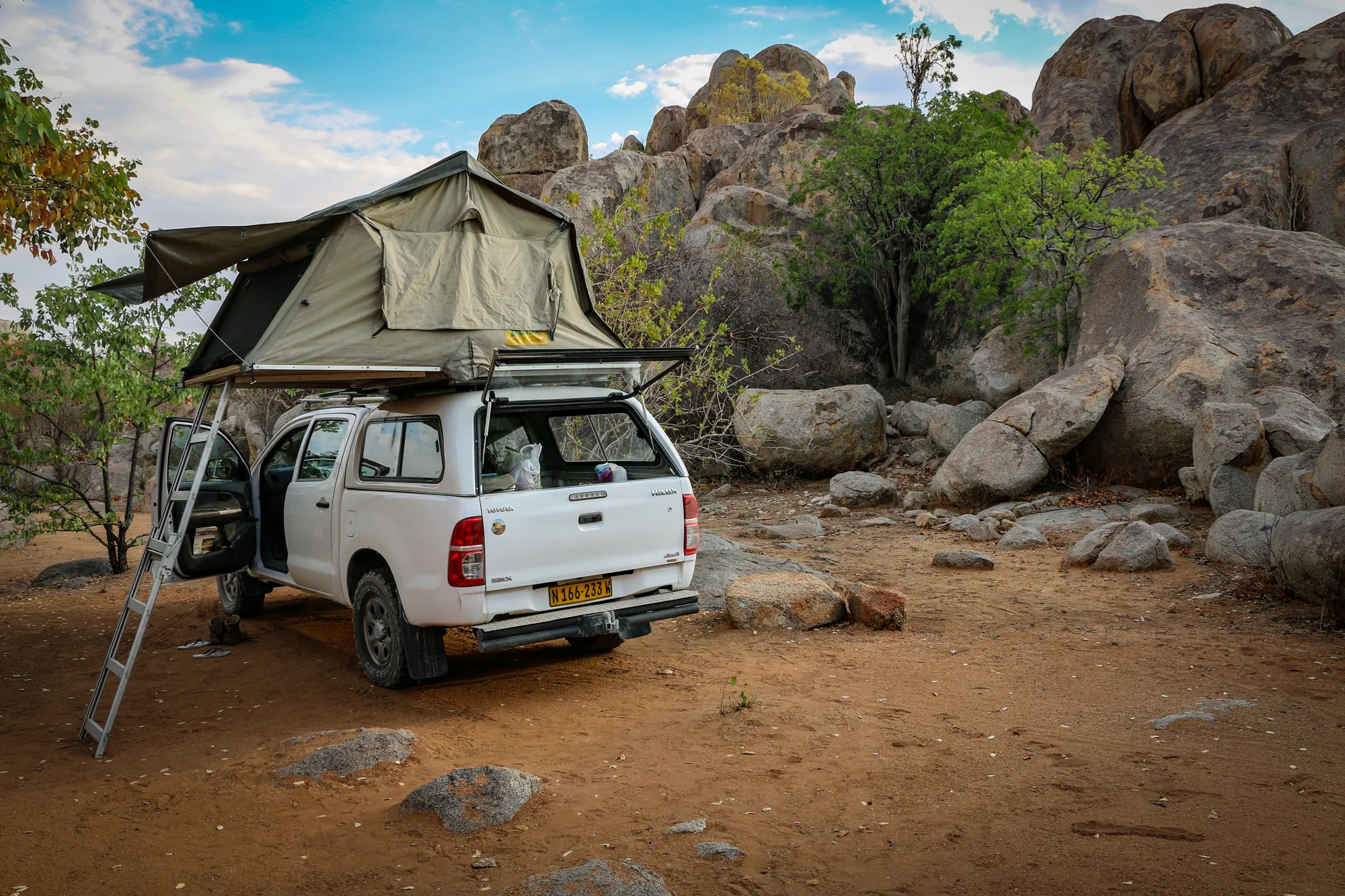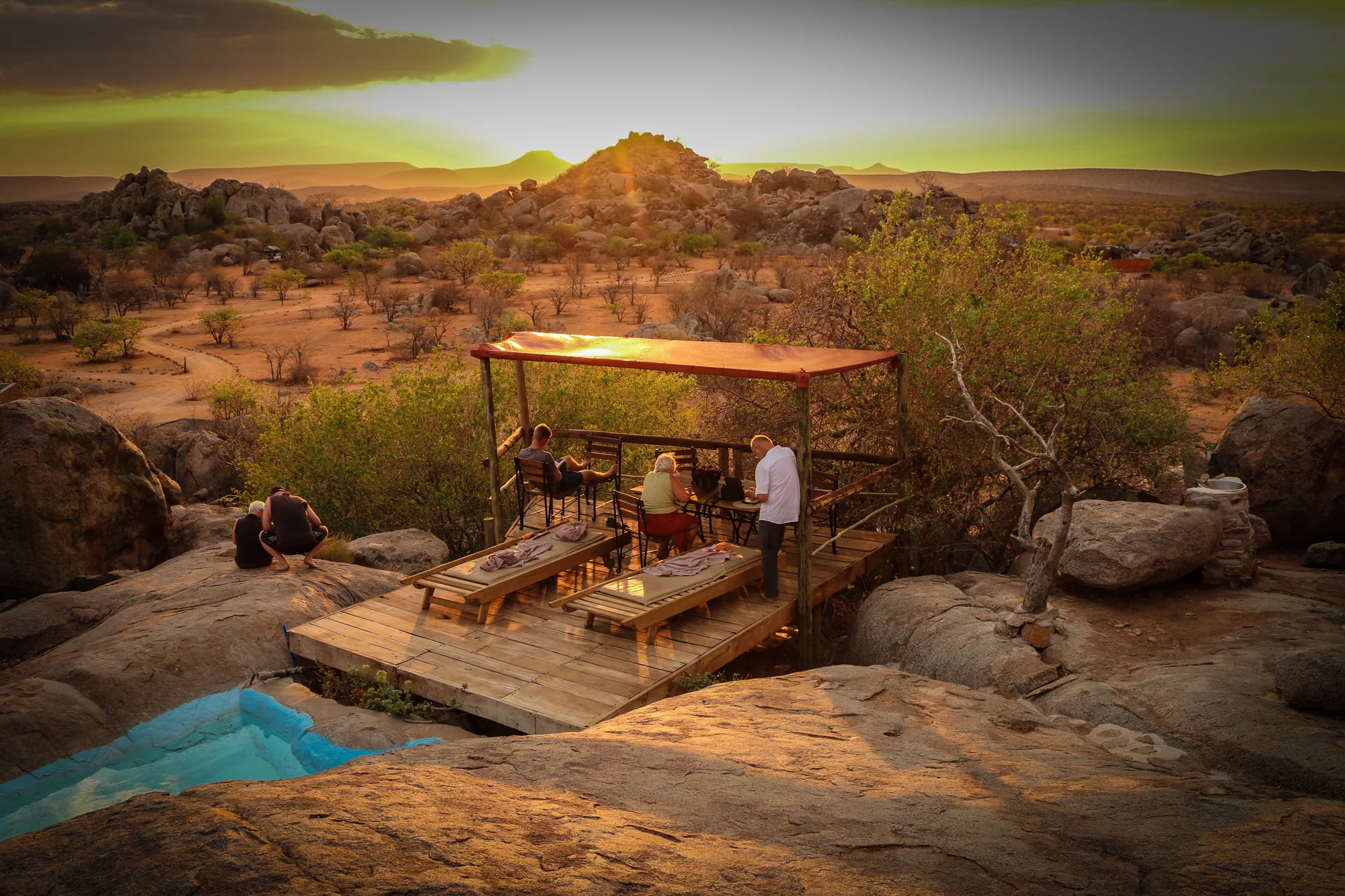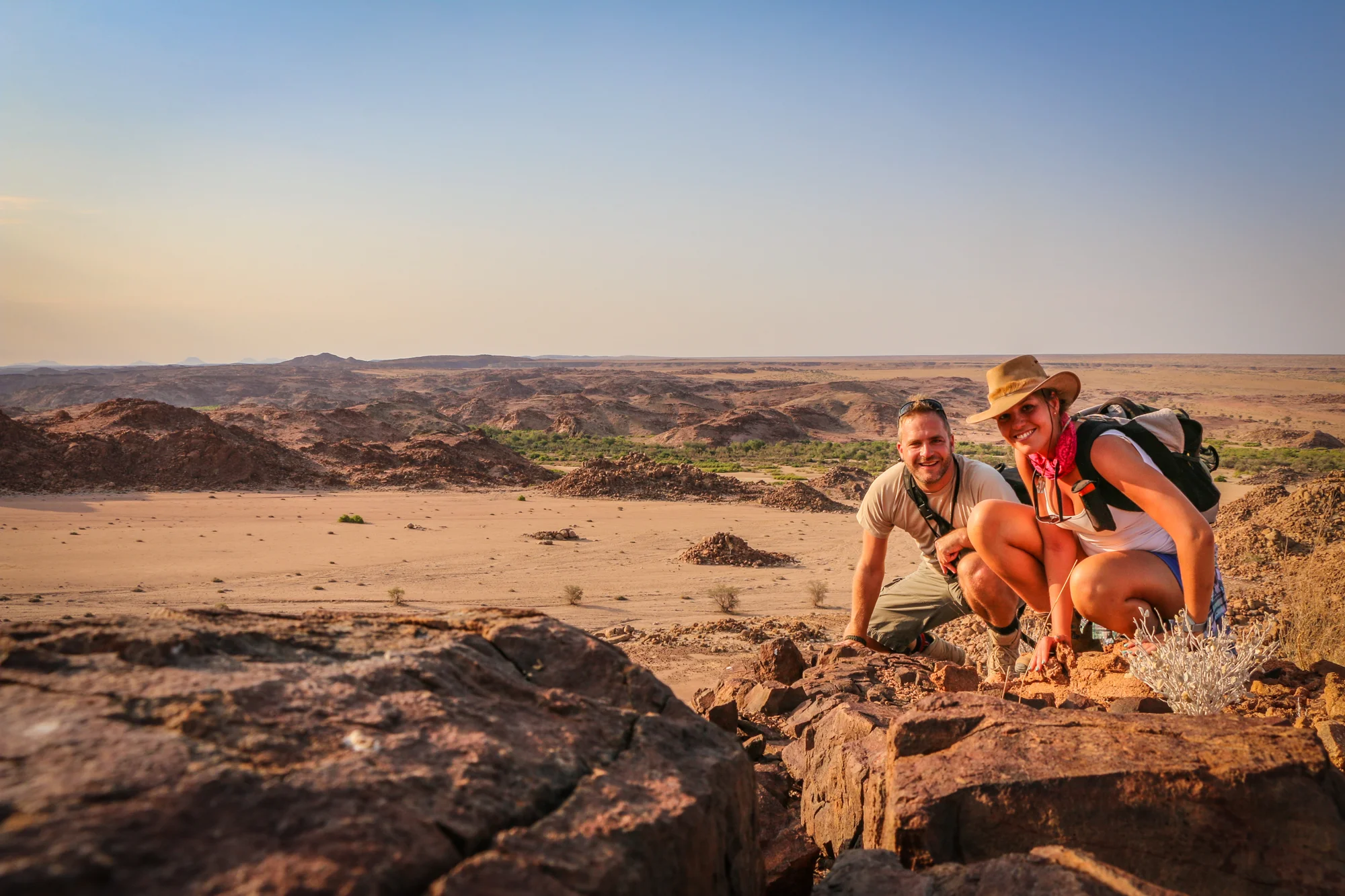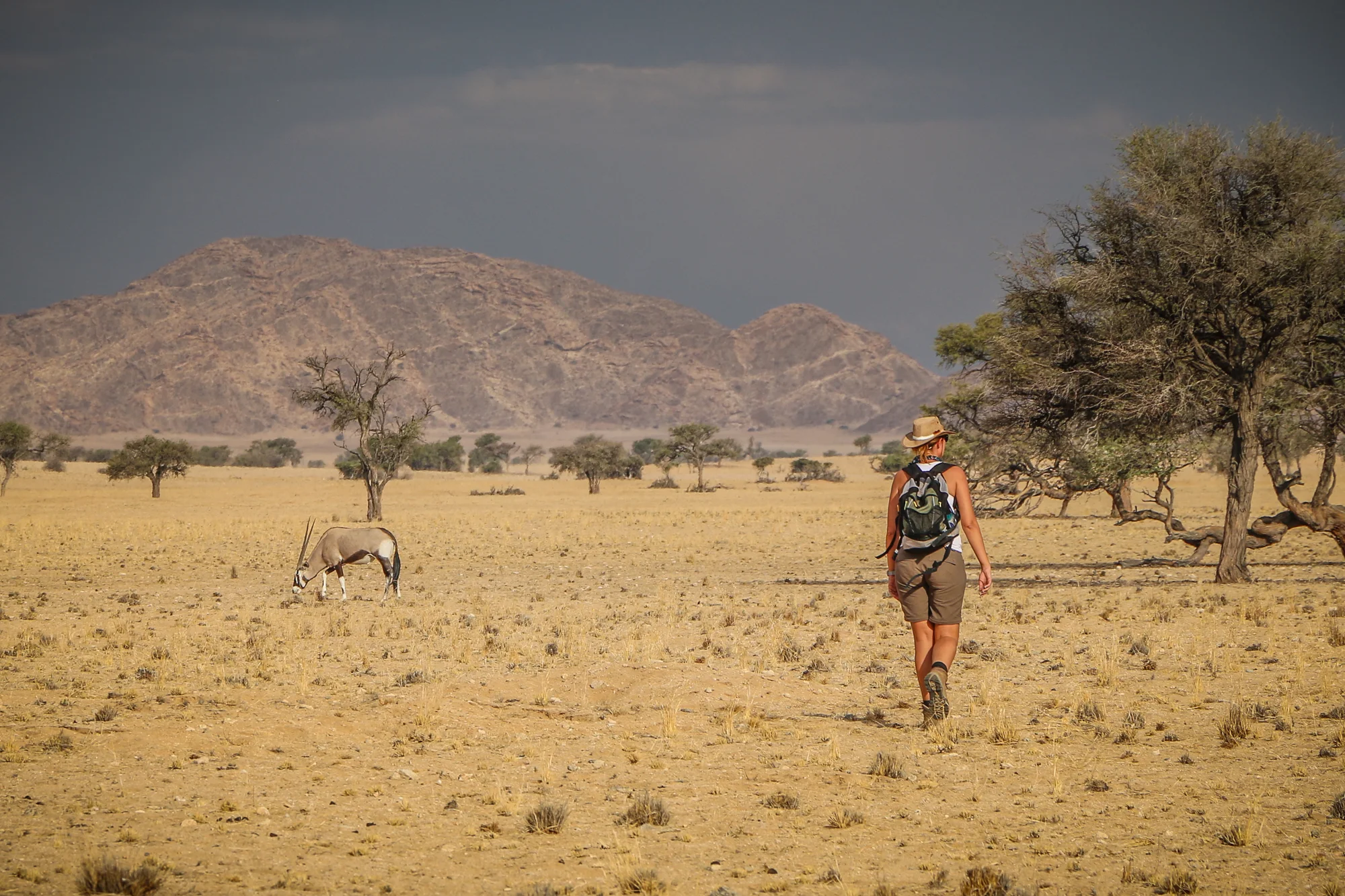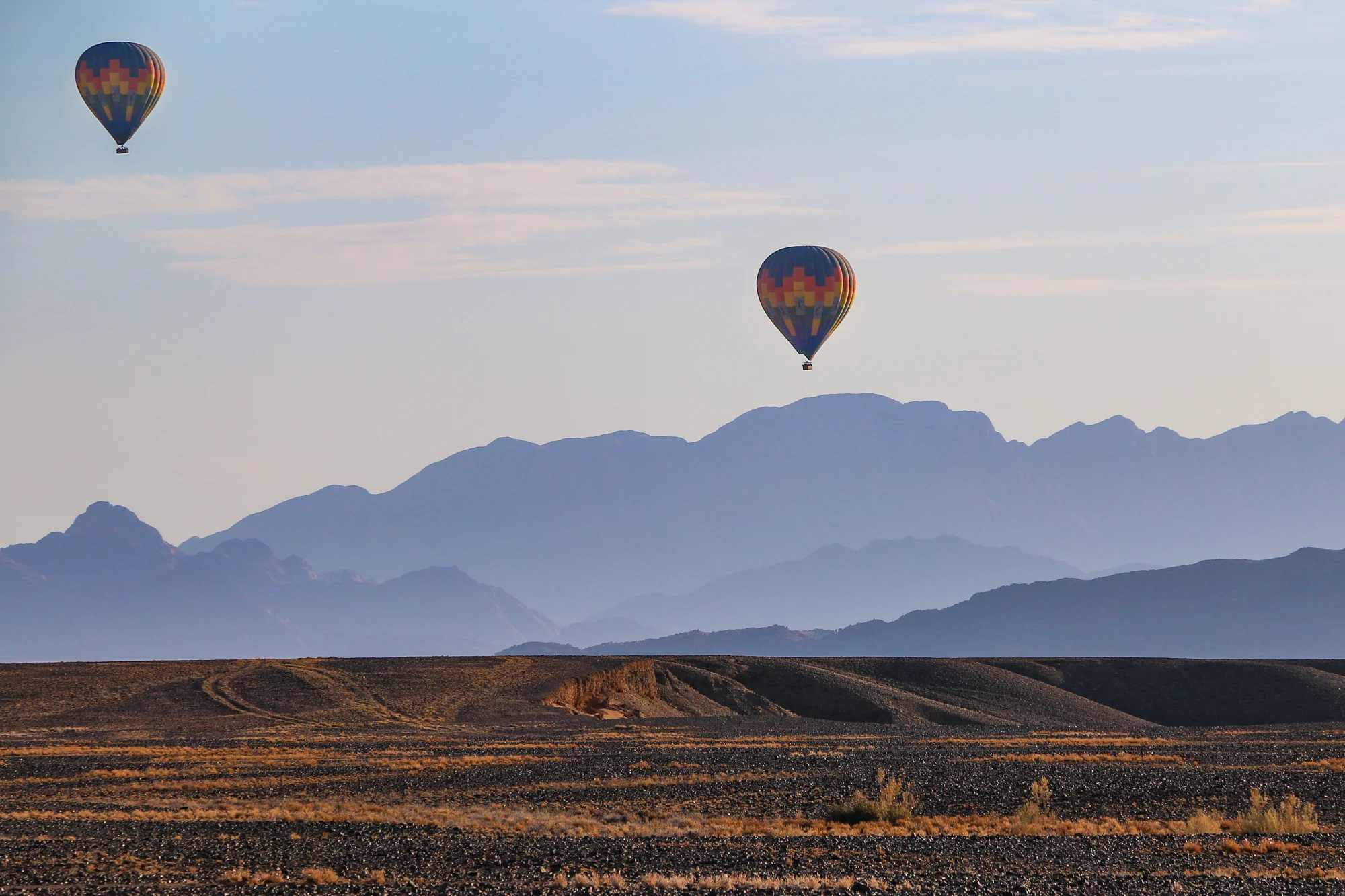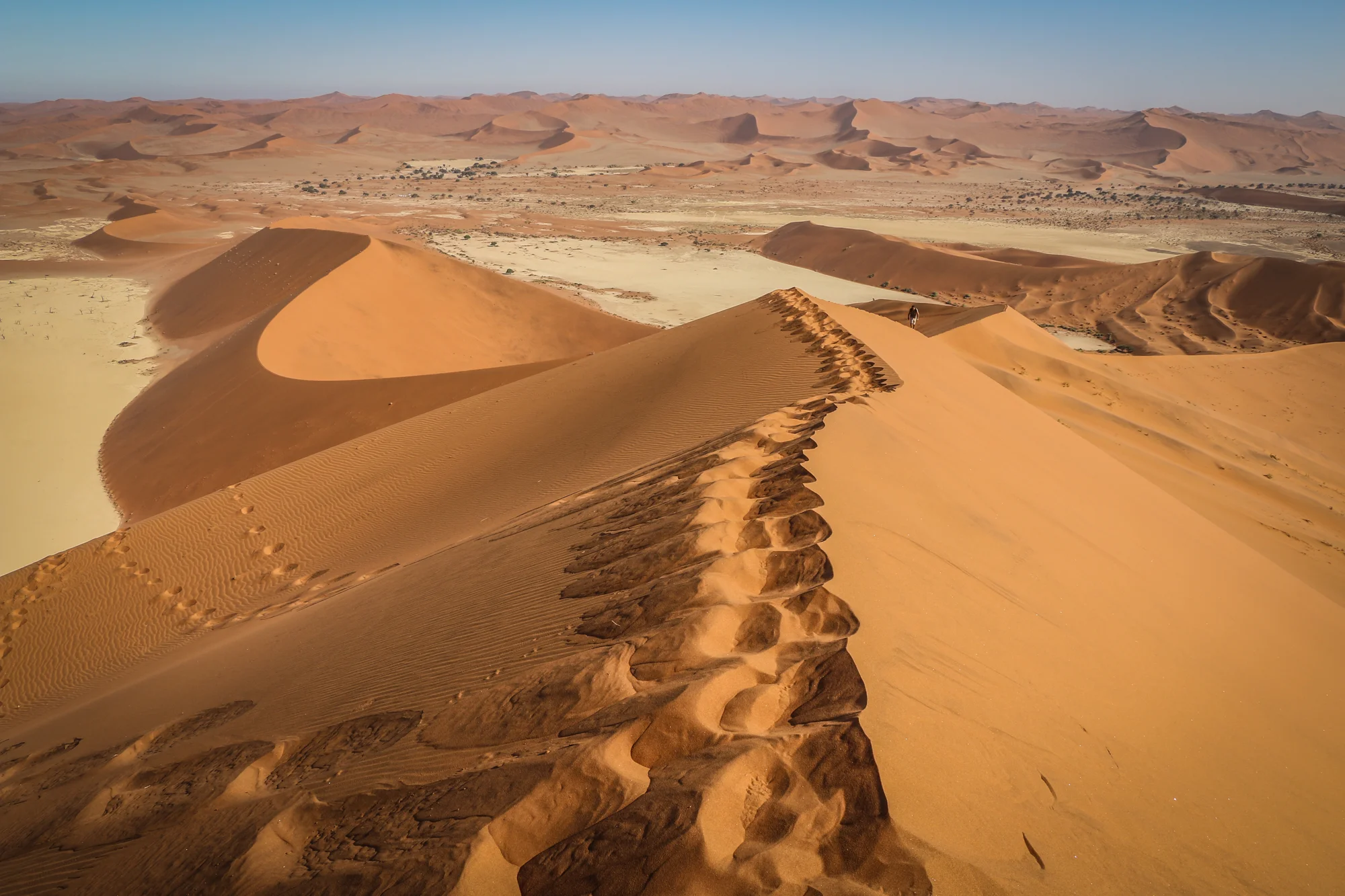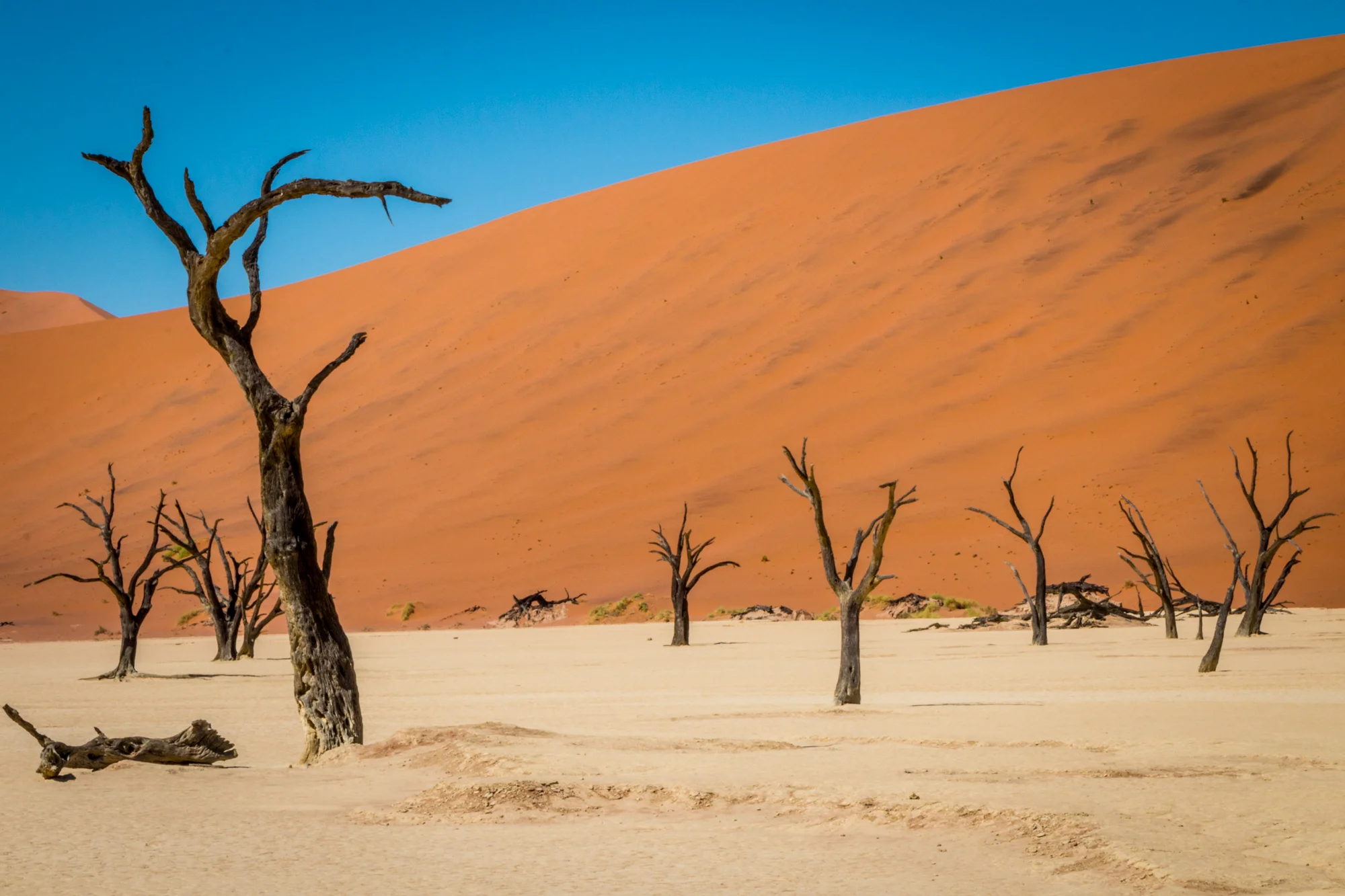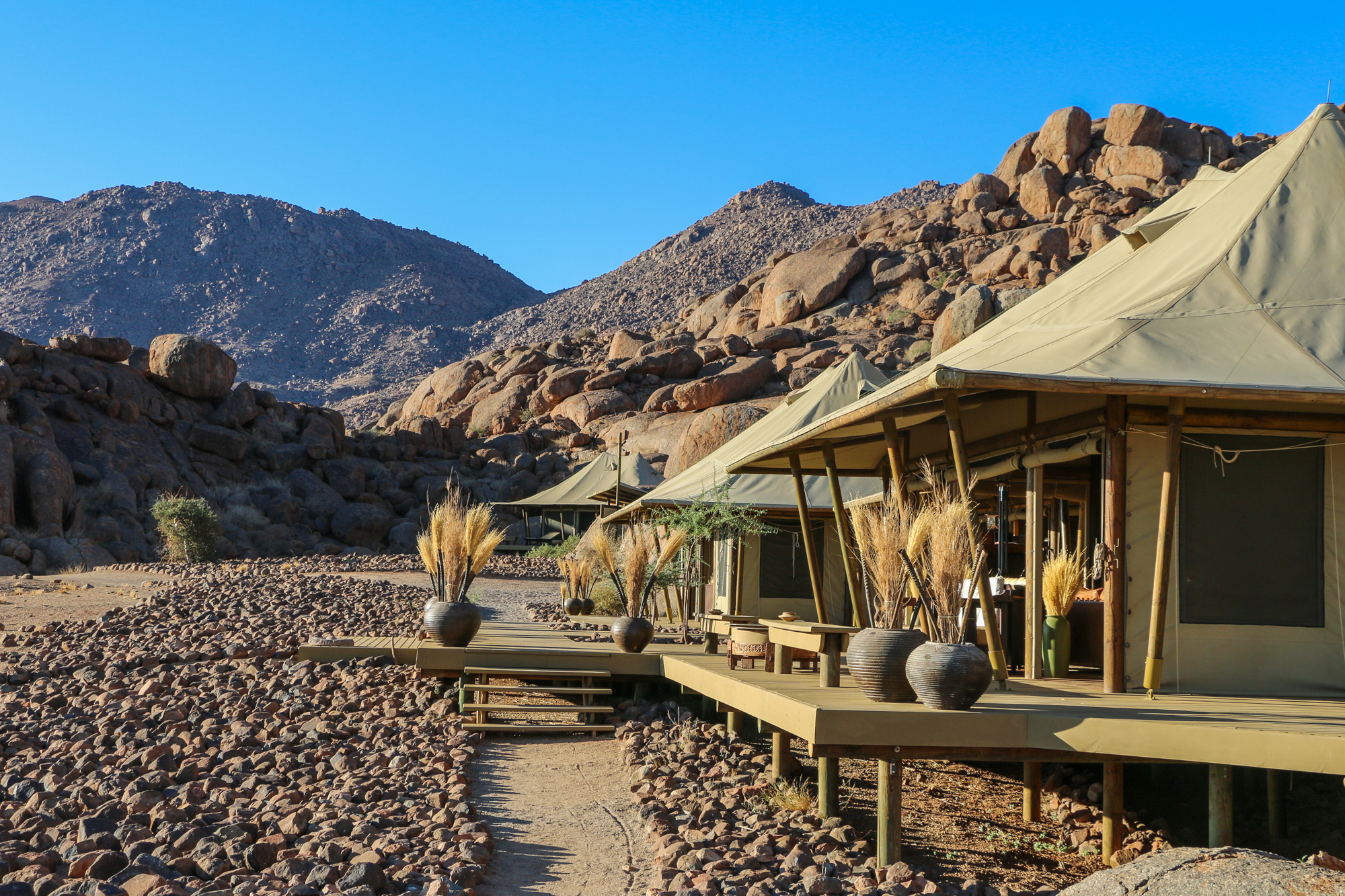Namibia a Honeymoon Destination
Namibia, this country absolutely made me fall in love and it was where my big passion for photography started. The combination of nature, animal wildlife and adventures was just perfect.
This was the destination I chose for my honeymoon. For most honeymooners it may sound a particular choice but I must say it´s really a good destination for it. Besides the great places you can stay in, it´s really about you, your partner, all the nature and the surrounding wildlife. It is definitely a very good proof that you chose the right one to spend the rest of your life with.
Namibia is one of the least dense populated countries in the whole world with around 2,1 million habitants. In most of the places you can have a wonderful feeling of silence, quietness and peace.
The journey lasted for 3,5 weeks and required some preparation:
-Renting a 4x4 with a rooftop tent.
-Decision of itinerary.
-Booking of some camping sites and lodges to stay.
-Counting that with all the driving, unpredictable situations can happen.
My husband was responsible for 90% of the pre-organization, and he did a really good job.
Our journey started in November 2015 in Dubai, flying to Johannesburg and after to Windhoek.
Arriving in Windhoek we stayed in the Hilltop Guesthouse, that had a very cosy and familiar environment and we felt very welcomed. The first day was full of things we had to prepare. Pick up our 4x4 with rooftop tent, do the main food shopping, get mobile phone cards with internet for GPS, get maps and double check all the equipment.
We were ready to start!
FIRST STOP: WATERBERG
Waterberg was stop for two nights and we stayed in the Waterberg Camp Ground. It couldn’t start better, the campsite had really good facilities and it was so spacious that you couldn’t even see your neighbour. It gave us a feeling of being alone in the nature. We tend to forget that we were in a campsite and it feels more that we were in the middle of the Nature camping wild. This was absolutely spectacular.
We weren´t advised to do wild camping for many reasons but mainly because as foreigners you cannot measure the danger in the areas specially because of the animal wildlife. You are the intruder in the animal habitat, thus be mindful of that and don’t get too comfortable.
Due to jetlag and some tiredness we didn’t wake up on time for the big hike with the guide to see the Plateau and we could not go there on our own. It was a shame we missed it but instead we did a hike in the surroundings in which we discovered many interesting places.
SECOND STOP: CAPRIVI
In Caprivi we booked the Kayova River Lodge and decided not to camp. We visited two National parks as part of the Bwabwata National Reserve, the one we spent more time was the Mahango National Park where the wildlife was very rich. We saw a big variety of species; I must admit that in the first moments I was not so comfortable and I was almost afraid to open the window but that feeling passed quickly and more and more I got fascinated with all the surroundings.
An interesting part of traveling is to get a closer look at the culture and the people from the country. During our stay in the Kayova Lodge we wanted to visit more closely the community around and interact more with the locals. Unfortunately it appeared to be difficult because it required planning in advanced. I brought with me a big bag of children treats and I started giving them away as in the area of Caprivi there are always people walking on the side of the road and specially children are happy if you stop and interact with them.
In Rundu we decided to stop in the primary school Rudolf Ngondo .We were very welcomed and we were able to interact personally with the children. They were very well educated and excited to share with us their future plans. Most of them wanted to become doctors and teachers to help the people from their country. Their eyes were full of dreams which warmed our hearts.
Heading towards Etosha, we overnight half way at the Treesleeper campsite in Tsintsabis due to the long length of the journey. There we had a fascinating walk with the bushman, who showed us how they track and hunt animals, how they use venomous and officinal plants, how they sleep in the trees and survive in the nature. Unfortunately at that time the campsite was a little like a ghost of what it used to be. It was ok for a stopover but it definitely needed improvement for the future. However the welcoming was really warm and friendly and we enjoyed our stay.
In Namibia the mind set should be ” expect the unexpected”, go with a practical and simple attitude and make the most out of it.
THIRD STOP: ETOSHA
Etosha National Park is definitely a must see, of course with a more touristic environment. The wildlife is fantastic since you see the animals very closely. Even though there was several guided touristic tours exploring the park our own turned out more apealing for us. Was a great opportunity for photography and almost in every spot we could observe animals from different species.
FOURTH STOP: DAMARALAND
The scenery in Damaraland was absolutely stunning and it felt like a magical place, every few minutes of our drive made us discover new spectacular views. The road is curving through the soft hills of Damaraland which are colored in all tones from a bright orange to a rusty red.
We decided to camp in Hoada campsite which felt like coming out of a Flintstones movie. We camped in the shade of big marble rocks and our kitchen and bathroom were fitted open air into the stones. We stayed two nights in Hoada and we took the time to relax and enjoy the beautiful nature and scenery around this area ,we met the manager of the campsite which tried to teach us how to count until 10 in his San tribe language. It was a nice try however very hard for us to imitate the clicking and original sounds of the tribe.
FIFTH STOP: BRANDBERG
Another thing that to take into consideration in Namibia is that either you keep yourself on the main roads and sometimes are willing to do some extra miles or you take the direct way "sometimes offroad" and taking the risk of getting lost. We decided to get lost, not intentionally though.
On the way to Brandberg the GPS guided us directly through a vast deserted land strip. A winding road was taking us through sandy bush-land, grazing animals and small little huts of the local farmers. We were lucky to live in Dubai and have some skills in desert driving otherwise we could have been stuck in an empty corner of Namibia with no connection on our mobile phones. This are things to be aware when planning driving days. Sometimes things can go a bit out of plan.
Finally, we arrived at the White Lady Lodge which laid beautifully at the foothills of the Brandberg. On the other side this lodge was bounded by a dry river bed which was the trail of an Elephant family. This place was honoured with regular visits of this dignified animals. Still we decided not to camp and use the comfortable safety of a little log house.
We did a hike in the surroundings and from the top of a mountain we could see the elephants crossing the river. It was a steep but not such a difficult hike and definitely worth the view.
SIXTH STOP: SWAKOPMUND
Brandberg was a one night stop and in the morning we met an Elephant researcher that gave us a hint about an off-road track with great scenery but it would take us a little longer to arrive at our next destination.
We followed his advise and this adventurous road took us through the Dorob National Park. For hours we drove through amazingly beautiful landscapes and during the whole ride only one single car has crossed our way. We were completely on our own just surrounded by a rocky nature which was constantly changing its colors. Every once in a while, we passed impressive herds of the Namibian Springbok and we wondered how they survive in this harsh environment. The road itself gave us a tough ride but it was 100% worth it.
At the end of this road we could feel the weather changing since we had arrived at the coast line and it was already cloudy, rainy and the temperature more chilled.
On our way south we stopover at Cape Cross to see the seals and where Portuguese discovered that land with order of King John II (I was proud of it as Portuguese).
Arriving at Swakopmund we stayed in the Desert Breeze Lodge which I highly recommend specially if you are on a honeymoon. Besides being extremely welcomed, the relation between price/quality was really good and the place was made with a really nice sense of art and architecture. The good quality of materials and details made this place very particular, extremely cosy and comfortable.
Swakopmund is known as the German city in Namibia, you can still see what is left from the German colonization. Located at the coast and protected from the heat and the sun through the micro-climate of the Benguela current, this city provides a very chilled and relaxed atmosphere.
SEVENTH STOP: NAMIB NAUKLUFT NATIONAL PARK
The owner of the Desert Breeze Lodge told us about this National Park and how spectacular it is to camp in there.
Once more, we took the advise of the locals and mounted our camp in Ganab. This was definitely an unbelievable experience. First of all we were 100% alone there which gave us an extremely good feeling. I loved the freedom and loneliness, but at the same time, it was impossible not to feel deep inside a little bit threatened and respectful because you deeply feel nature is truly above you and not much is under your control. Besides a sand storm that we experienced that was quite impressive, we could observe the most incredible sunset and moon rise we ever saw.
In this place we could only hear the sound of Nature which for me it was an unique experience since I never was in a place so remote, so lonely, so particular, so incredible.
EIGHTH STOP: SOSSUSVLEI
Sossusvlei, one big highlight of Namibia. Besides of their magnitude the dunes of the Namib Desert have unique colors and shapes. It’s the whole golden color pallet combined in the sand dunes. The sunrise and sunset are unique and beautiful to observe. I believe there are not enough words to describe so much beauty.
The whole area is called Sossusvlei however, Sossusvlei itself is the salt clay pan surrounded by high red dunes. This area also hosts one of Namibia's icons, the Deadvlei. Spread with dead trees since 500 years, this white clay pan is a witness that once it used to be a place of joyful life.
Climbing the dunes was not as easy as it seemed and we needed to have perseverance to keep climbing. Our focus was on the biggest reward, the stunning views you achieve at the top and of course the fun of descending like a kid, running and tumbling down through the sand.
This is definitely a must see, obviously more touristic.
NINETH STOP: WOLWEDANS DESERT LODGE
Our honeymoon was finishing and towards the end we decided to give ourselves a very nice wedding gift. We stayed in this beautiful and peaceful desert lodge part of Namib Rand Nature Reserve. These little lodges were fully constructed with natural building products and in a self-sustainable way. Water and electricity came from a well and solar panels. The time in this reserve we spent either relaxing at our own little wooden cabin or we explored the reserve with some guides. The meals were always together with the other guests in the reserve and thus we met interesting new people that we still keep in contact with until today.
TENTH STOP: WINDHOEK
We had to head back to the very starting point of this great holiday, to Windhoek. At the Wolwedans Lodge we met a nice couple that was managing the Oniala Lodge not far from Windhoek and the Airport. They invited us to visit them and stay the last few days of our journey at their place. That was the perfect completion of our journey before we had to fly back to our real life.
Writing all about this trip gives me the feeling that I want to go back. There are no words or photographs enough to illustrate the richness of this experience. Namibia had it all, culture, nature, animal wildlife and adventure.
This country, it's nature and people welcomes you with open arms. It was definitely the best place for our honeymoon.
Ana Backhaus.




